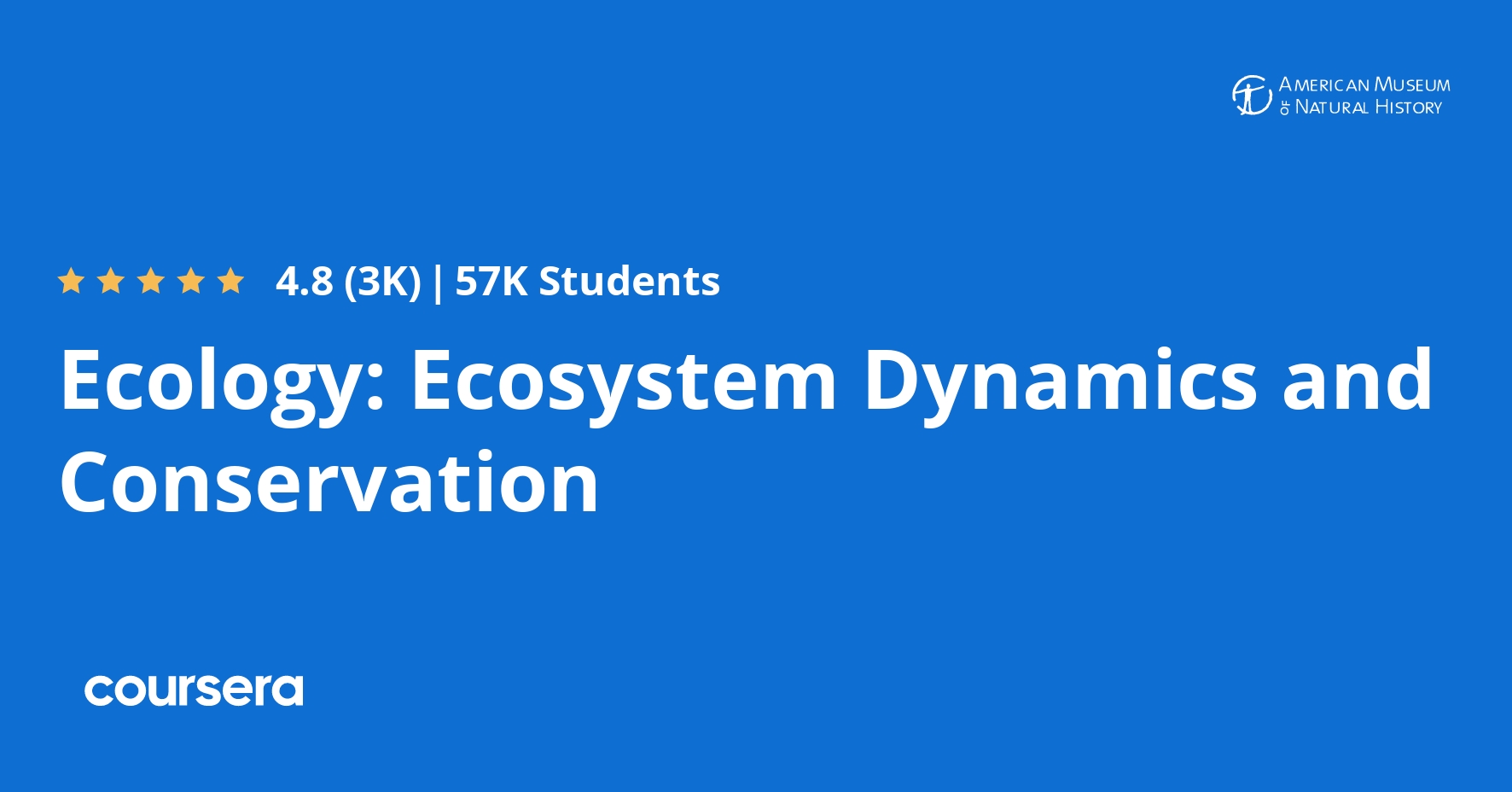Description
This course is an introduction to ecology and ecosystem dynamics using a systems thinking lens. Through a case study on Mozambique’s Gorongosa National Park, learners will explore how scientists study ecosystems, and investigate the complex array of factors that inform management efforts. At the end of the course, learners will be able to grapple with real-world conservation questions, such as whether an ecosystem can recover from anthropogenic disruption and what role humans can, and should, play in that recovery.
What you will learn
Can an Ecosystem Recover?
We begin in Gorongosa National Park, Mozambique, and pose the question: Can this ecosystem recover after a 15-year civil war? To answer this question, learners must first consider what they need to know—what are the parts that make up this ecosystem, and how do they interact and work together? How do ecosystems react to disruption? How do we know? We will begin to explore the ecosystem as a dynamic whole rather than as a collection of parts, considering how changes might affect the system in a variety of ways. This application of a systems thinking lens to understanding ecosystems will be a common theme throughout the course.
How Do We Study Populations?
This week, we narrow the focus to populations within ecosystems. Who or what populates an ecosystem, and what are their roles? How do these roles change over time? What happens when a species is removed from a system? How do scientists study the populations within an ecosystem, from its largest to its smallest inhabitants? You will explore the important roles different species can play—such as ecosystem engineers, keystone species, and indicator species—and how they shape their ecosystems.
How Do Species Coexist?
This week we focus on community ecology and further explore the interactions between species in an ecosystem. For instance, how does the decline in a population from an ecosystem (as was the case in Gorongosa) affect the other players? How does adding a population — such as an invasive species or translocated herds — affect an ecosystem?
How is an Ecosystem a System?
This week, we will further their understanding about what makes an ecosystem a system by examining the flow of energy and matter through different parts of the environment. This includes understanding the interactions of biotic and abiotic factors within an ecosystem and the services each component provides. We will introduce the complicated effects of both abiotic (climate change) and biotic (herbivory) interactions within a coastal salt marsh system, touching on ecological concepts of thresholds in a system and ecosystem resistance and resilience.






